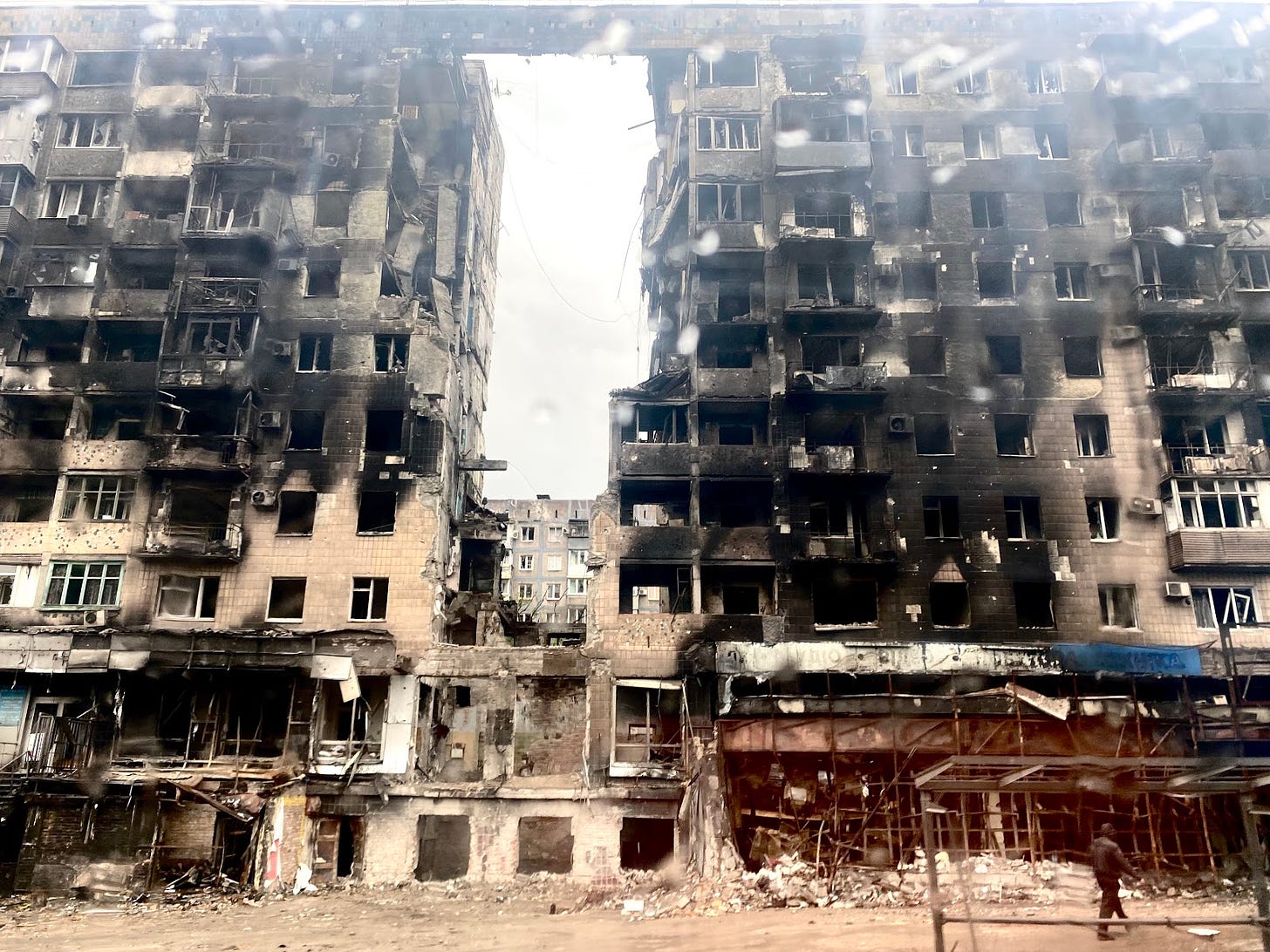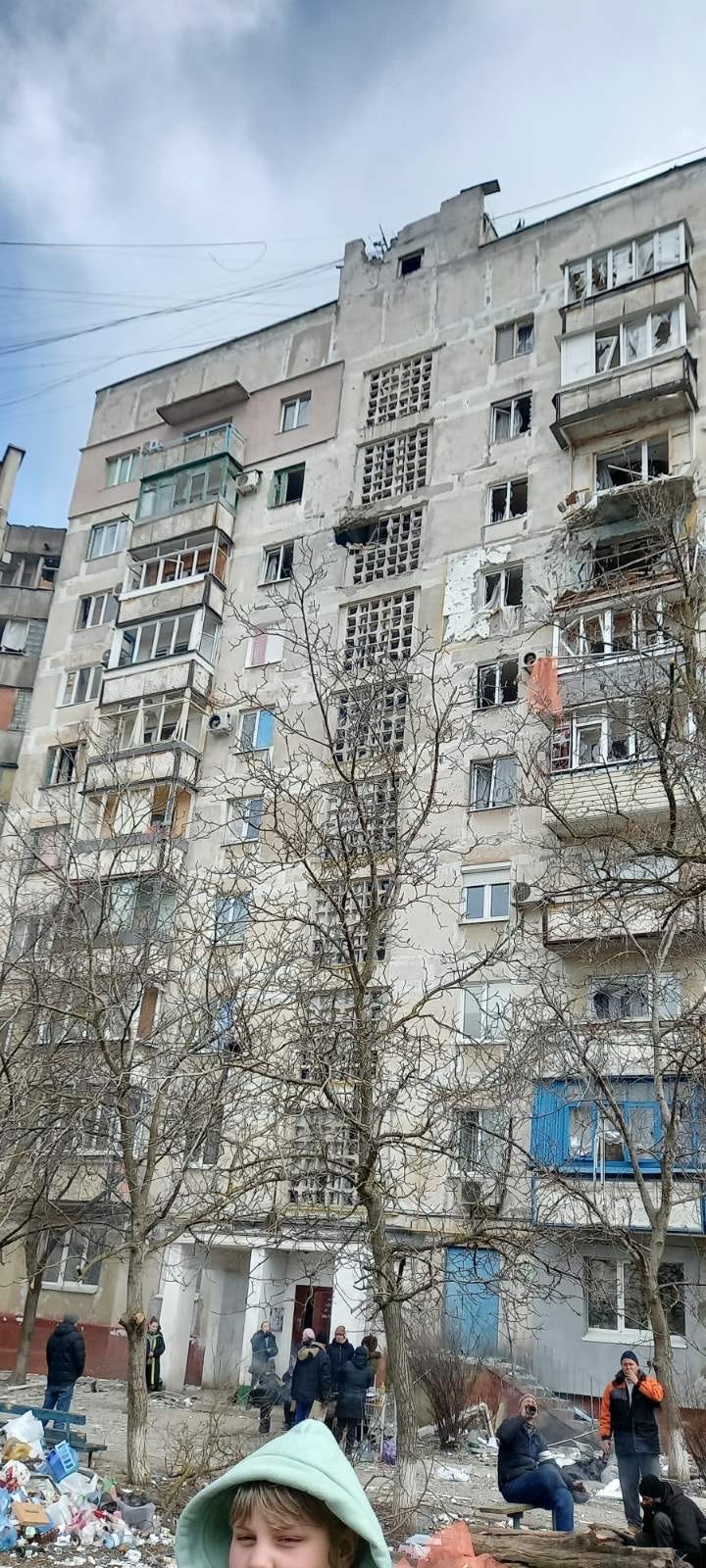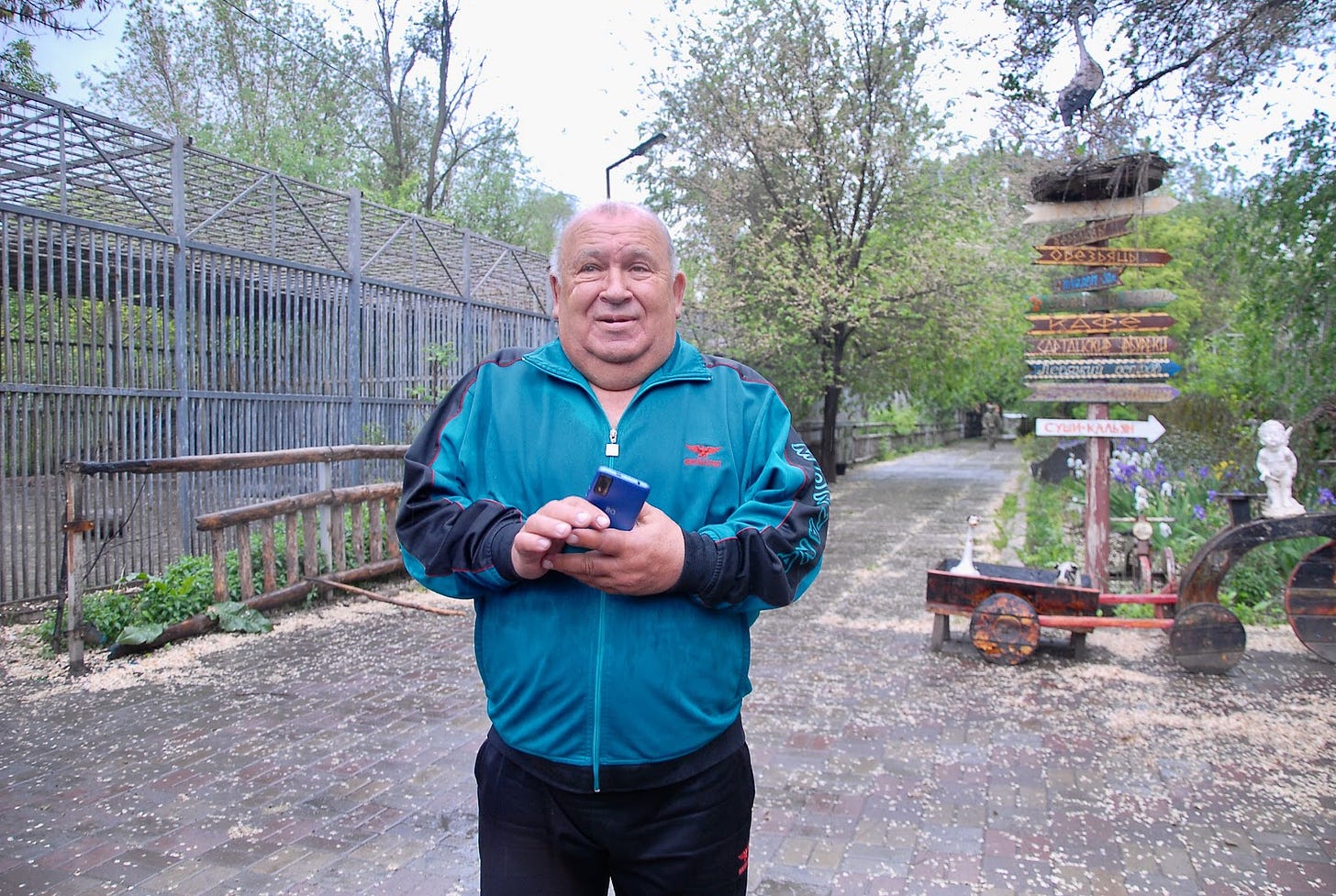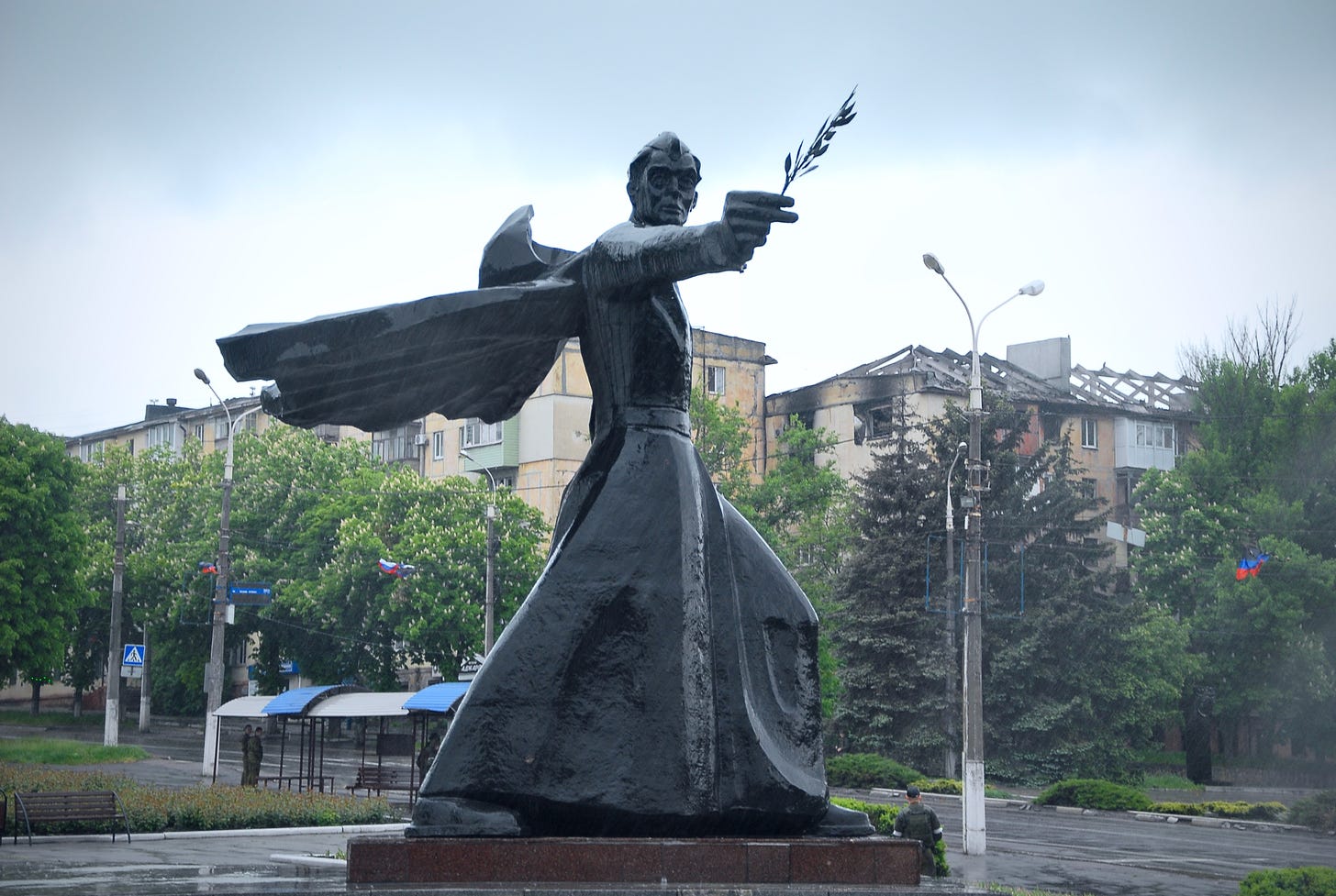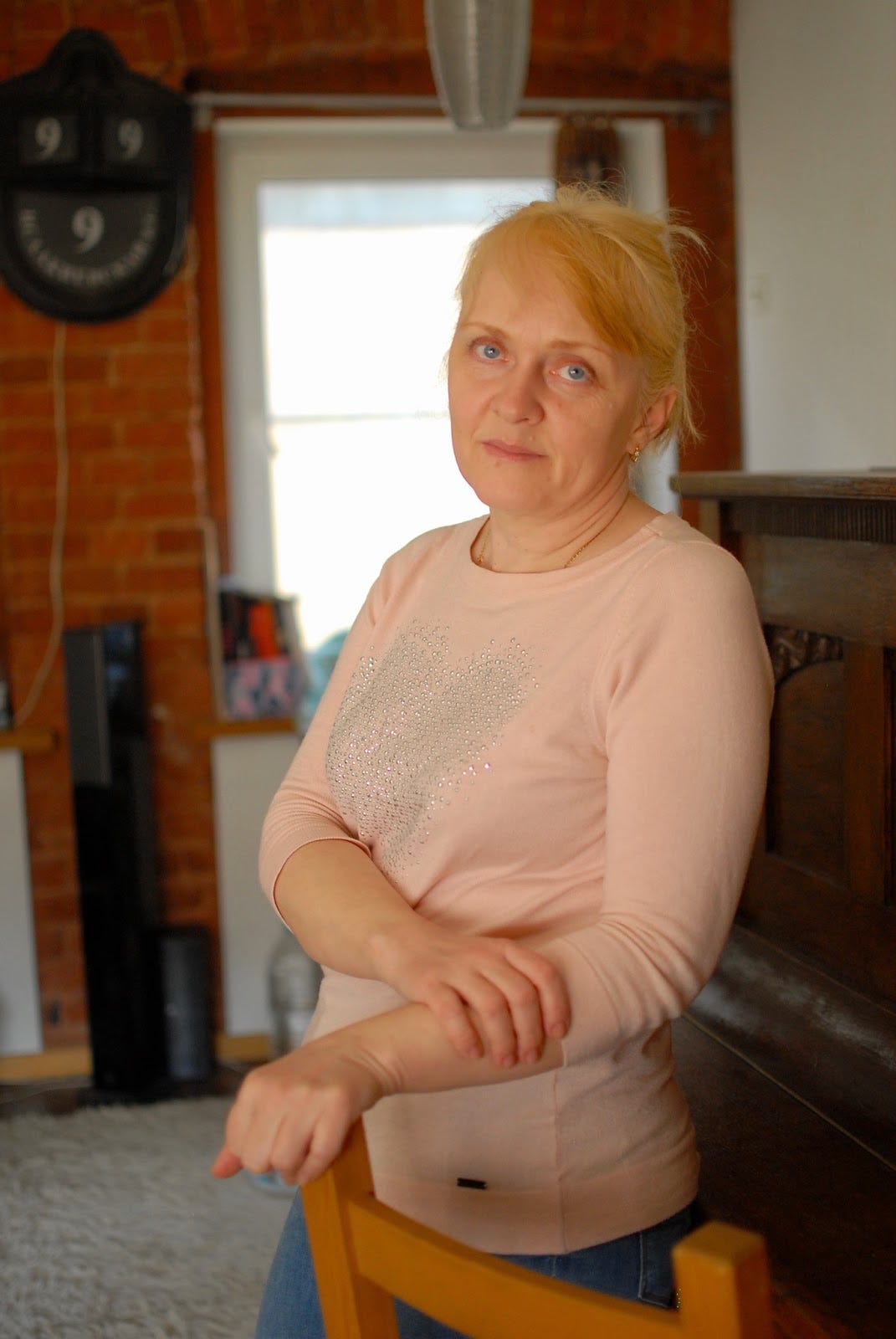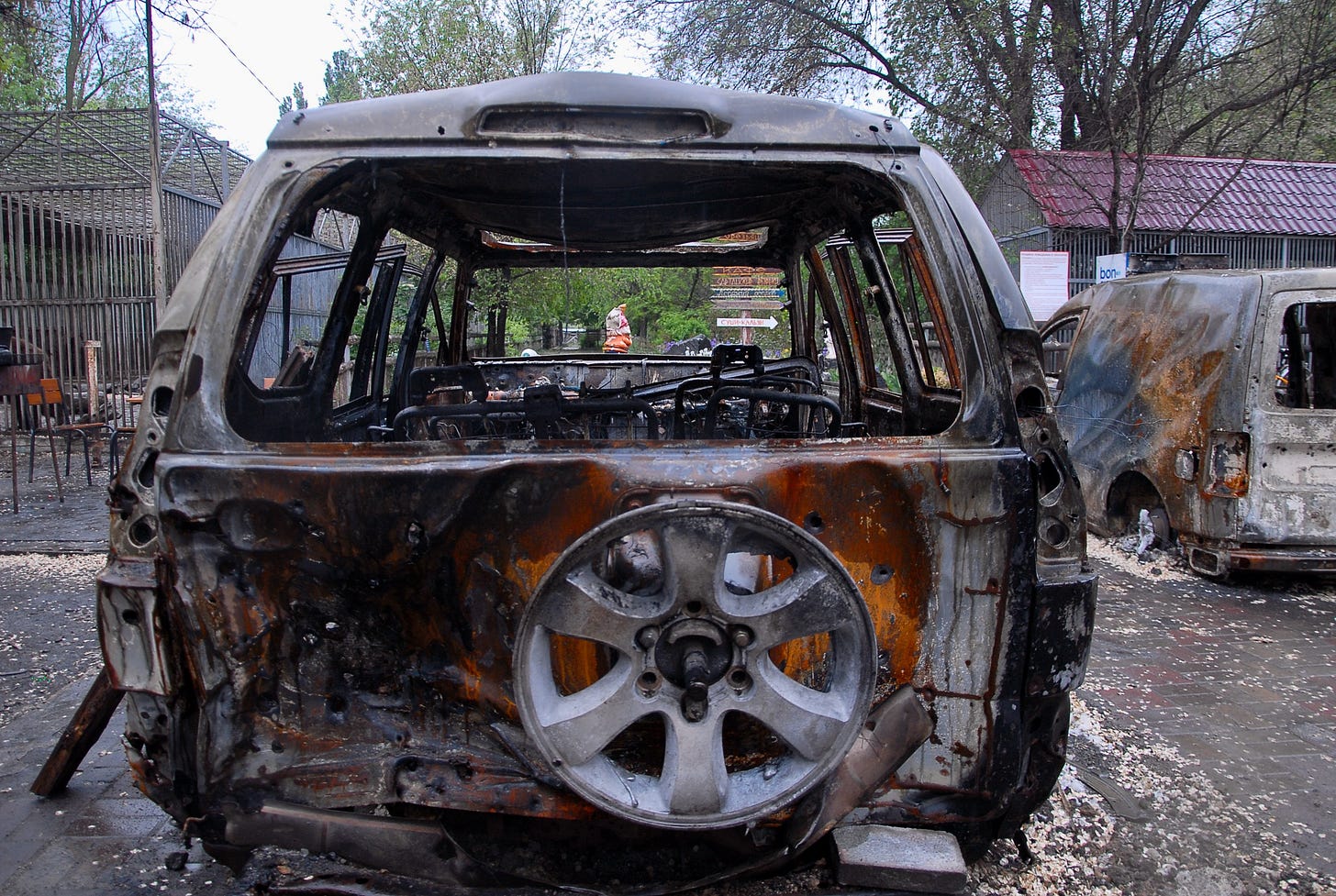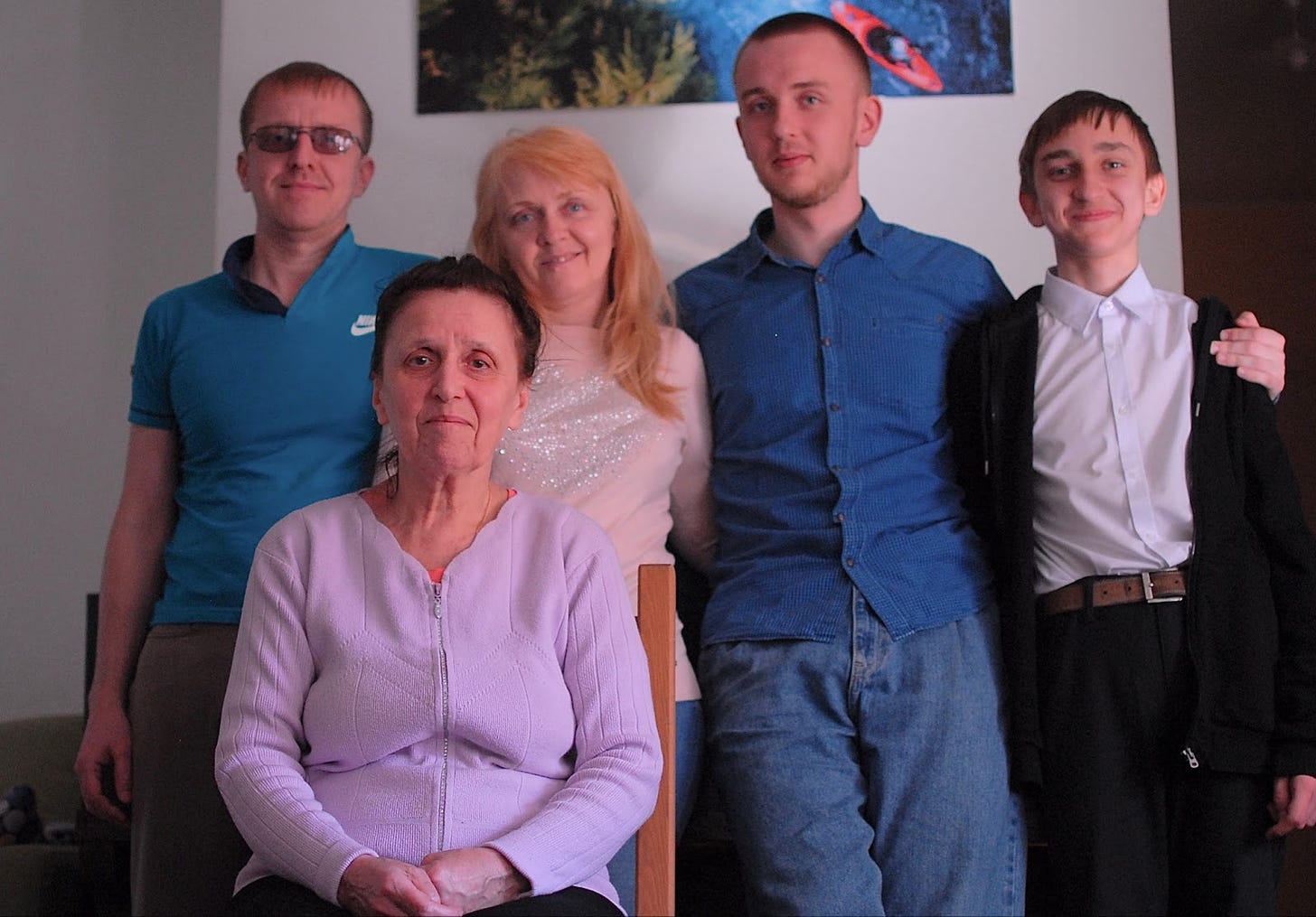Mariupol prayer: residents tell horror stories of surviving shelling and escaping death
As Russia’s “special operation” in Ukraine crosses 100 days, refugees from Mariupol and those who stayed in the ruined city, recall the terror of the war.
Two months after she and her family escaped wretched Mariupol in mid-March, when fighting between Russian and Ukrainian troops was in the most active phase (it ended in May with the surrender of over 2000 Ukrainian fighters hiding in the Azovstal steel plant — something that Ukraine and the West called “evacuation”), Natalia Ivanova, 46, is still struggling to pull herself from the bed and hop on her way to work in the unfamiliar city of St. Petersburg.
To get to work, she needs to take the metro, known as one of the deepest in the world. Metro tunnels remind them of their days in a bomb shelter. “We were not ready to go down to the basement…,” Natalia recalls. “We didn’t have any mattress or carpet to make a bed on the cold and dirty floor, and there were so many babies, crying all the time. My mother is old and needed some peace…”
When a missile hit their building, knocking out the windows in their flat, and piercing the brand new fridge that Natalia bought just recently – something that the family celebrated as a big achievement – they realized the basement was imminent.
“First night we spent sitting in a narrow passage, between the entry and the main hall of the basement. It was cold, our legs were numb, and we prayed all night. I then asked everyone in the basement to pray. We prayed when we heard shelling, we prayed when it was finally silent. We prayed all the time. Before that, I walked around the building with a prayer. Maybe that's why it is not completely destroyed,” Natalya says.
There is another reason, she adds. One of the neighbors, a woman whom she has never spoken to before (“they were a well to do family, important people, not like us”), have kneeled before Ukrainian soldiers who asked them to vacate their flat as they wanted to set up fighting positions in the building. They left eventually, and the building remains nearly intact except for a few shell holes – unlike most of the buildings in the area, yawning funerary black.
“From the very first days of the war, they [Ukrainian troops] used to get drunk in the evening, and then at 2-3 am they would get into their tanks parked in the courtyard and start firing. They would do it for some time and then change their positions. This would continue till morning,” Natalia recalls.
Nina*, whom I spoke to in Mariupol, says Ukrainian tanks have been firing into the entry of basements where people were hiding. “If that day our area [Ninа lives on Zelinskogo street, Primorsky district of Mariupol] wasn’t cleared by Russians, our building would have been razed. We owe our lives to them,” she says.
Not everyone thinks on the same lines. According to Natalia, her own neighbor who saw just the same tanks firing into the city from their building’s courtyard believes this was for protection.
“Who does not know God, their mind is blinded,” Natalia says, adding that they have argued about this only once. “We all had to stay in the basement together, cook food on the open fire together, it didn’t really matter who believed what, the main thing was to survive”.
When I ask Mariupol residents who have stayed in the city, whether they have clearly seen who shelled their buildings, most of them claim they haven’t.
“It is a war, the missiles are flying from everywhere. How do you know who is shelling, and how does it matter,” Director of Mariupol zoo Saveliy Vashura says. Many animals in the zoo have survived, and those who have died (including several camels, monkeys, and lamas), served as food for starving residents.
The Russian authorities, and residents of Mariupol themselves, have been relentlessly pointing out that the Ukrainian forces and particularly various regiments within Ukraine’s national guard, including the infamous Azov, used civilians as a human shield. But Ukraine’s western partners seem to turn a blind eye to this, blaming Russia for turning Mariupol into another Stalingrad. Russia claims it was clearing one building after another rather than carpet bombing the city (like NATO did in Belgrade and Baghdad) to avoid massive civilian casualties.
The exact number of civilians who died in Mariupol is yet to be accessed, as rescue services of Donetsk People’s Republic (DPR) and Russia are still clearing the debris. According to Kyiv, at least 20,000 people died. Despite the city being managed by a pro-Russia temporary administration (it has restarted bus services, and restored electricity and water supplies in several areas), the mainstream Western news media continue to rely solely on Ukrainian city authorities, citing Vadym Boichenko, who, according to locals, left the city in the first days of the war, and his adviser Petro Andriushchenko, whose Telegram posts critical of the pro-Russian administration become the main source of the negative news about the city.
Seizing the chance
Natalia recalls escaping Mariupol with the help of her relative, a local priest, in mid-March. The area where her family lived was one of the first to be captured by the Russian forces. Once Natalia realized they could now step out of the bomb shelters, she and her children decided to walk around 4 km to the church led by her relative. Before the war, Natalia worked as a church cook, and her sons were clergymen.
“We were walking slowly trying not to look around. The city was destroyed, everything burnt down, and corpses lying around,” Natalia recalls. “At some point, I took my phone to take a picture, but then spotted a soldier quite far away. I understood he was telling me to hide the phone. At least he hasn’t shot me”.
Natalia later learned it was a Russian soldier. “In the beginning, we didn’t know how to distinguish them, but later someone explained that Russians wear white armbands, and Ukrainians — the blue ones”.
The family made it to the church where they saw the Church Father, wounded by shrapnel, stuffing children in his van. “We are evacuating them today. We will come for you tomorrow, be ready,” Natalia recalls him saying.
She gained hope, for the first time since the beginning of the war. The next day they left, without warning anyone in the bomb shelter. “There were hundreds of people, and it was just one vehicle,” Natalia says apologetically.
The car they were evacuated in did not belong to the Church Father – it was a stranger’s car. His own car was confiscated by Ukrainian troops, according to Natalya. She claims they’ve also taken all the cash from the church’s counter after they learned this church belongs to the Moscow Patriarchate (schism of the Russian and Ukrainian Orthodox churches has been seen as an important facet of the conflict, impacting many believers in Ukraine).
Their drive to Simferopol, Crimea, which became a part of Russia in 2014 after the majority of its residents voted to leave Ukraine in a referendum that many countries have condemned as illegal, was rather smooth, Natalia says, probably because the Church Father drove them. She recalls Russian soldiers at checkpoints as saying “s Bogom” (God be with you) while letting them go after each check. “They had God on their lips,” she says.
Natalia is uncomfortable with the thought that many of her neighbors were bound to spend more than two months in the basement. She is still unable to contact many of her friends back home, because the connectivity in the city is unstable, and also since Ukraine’s telecom operators have been replaced by DPR ones, and people’s numbers have changed.
Escaping death
Many refugees I have spoken to state that only those residents who had their own vehicles that were still running had a chance to get out of the city much before mass evacuation efforts started in mid-April when the largest part of the city went under DPR and Russia’s control. But escaping the city in March was a life-and-death decision and many didn’t make it.
“We have heard from our neighbors that Azov people were charging people who tried to exit the city 10,000 hryvni (US$ 340) per car. Later they started charging 10,000 per person. But even then it was at your own risk, you may be shot anytime, or blown up by a detonating mine… We have seen so many cars pierced with bullets, burnt down, with people still inside them,” Andrey* recalls as he tells the story of his family’s escape.
He, his wife, and a 10-year-old daughter decided to flee in their car damaged by the blast wave, with no glass, as it was impossible to live under shelling anymore. “Each day seemed like the last one,” Andrey says. “Then I decided it was enough. We held a prayer, and got into the mutilated car”.
The family drove through the city from their bomb shelter near the Azovstal plant, where Andrey worked as a miller, under constant shelling. “Few times we had to jump out of the car and to hide under it. Bullets were whizzing past our heads. Dead bodies were everywhere,” he recalls. “What I have seen with my own eyes, I haven’t seen in any of the Hollywoods movies”.
Andrey, who drove cars and trucks for an extra income, managed to drive through many mines lying on the roads, supposedly left by Ukrainian troops to slow down the advance of the Russian forces. “I obviously haven’t seen the mines before, and I was wondering how I would manage to spot them. But they were clearly visible, or… maybe we were just lucky,” he says.
It took him nearly a month to stop seeing nightmares about this every night. But we both know that the dreams will take some time yet to disappear completely.
Andrey, like most of the refugees fleeing towards DPR and Russia, was subject to strip-search (Russians are looking for body tattoos and typical bruising left by a rifle) and interrogation at multiple Russian checkpoints — places that are often described as crime scenes where people get shot. He, however, recalls his surprise when his family was offered water and biscuits.
“The Ukrainians have left us to die in Mariupol without water and food. We were using water from sewage pipes. It was Russians who first gave us clean water,” Andrey says.
Like many others, Andrey’s family have escaped from Mariupol via Donetsk to Russia, from where they exited to Europe, — something that would not be possible if they were evacuated into Ukraine-control territory (Ukrainian men aged 18 to 60 are prohibited from leaving the country under the martial law).
Andrey shines away from expressing his political understanding of the conflict that destroyed his life — as we speak, he has not yet made his way to safety, and probably feels he has to be very cautious in what he says. While he doesn’t seem to sympathize with Russia or willing to stay here, he also seems to have quite lost hope in his own government over the situation created in Mariupol.
Fragile sense of peace
Natalia’s family remains in Russia, like many others. Unlike Andrey, who, he claims, wasn’t really following politics, even after 2014 when the Russia-Ukraine standoff shaped up, Natalia’s family was impacted by the conflict from the very beginning.
Natalia’s brother Alexey, then a 29-year old electrician, left home and joined a volunteer corps of breakaway DPR in May 2014, after witnessing violent protests in Mariupol, which Alexey describes as “caused by provocators sent from Kiyv” and as “killing of civilians by Ukrainian armed forces”. The Ukrainian government has a different version of events, claiming it was conducting an anti-terrorist operation against so-called “separatists”, mainly Russian speaking Ukrainian who opposed Maidan — the 2014 revolution that led to ousting pro-Russian president Victor Yanukovych and brought to power a pro-western government aiming to establish closer ties with the European Union rather than Russia.
Alexey joined DPR’s militia, then a poorly organized and even more poorly equipped home guard that over the last 8 years transformed into a professional army (it is now officially called The People's Militia of).
“I remember watching an interview of an old lady, who said she worked as a sapper during WW2. By then I was spending hours on Youtube, watching live streams from the protests in the city streets, where people were getting killed. And then, I thought, if back in 1941 a 16-year-old girl wasn’t scared, why am I sitting here,” Alexey recalls.
He left home without saying “goodbye” to his mother and joined separatists’ armed forces in Donetsk. With no training or fighting experience, he was sent on different missions, many of them being a close call. He spent around 1.5 months on the frontline but soon realized that the people's militia was poorly equipped, and the chances for a massive advance were slim.
“I joined the militia to fight for my city, Mariupol, and liberate it [from Ukrainian forces]. But I understood it was not happening anytime soon,” Alexey says. He left the front in August 2014, and fled to Russia as a refugee. 8 years later, he is reunited with his family — now, too, refugees.
“All these years I was obviously not allowed to travel to Ukraine, because I would be arrested immediately, and for them going to Russia would be problematic. All these years I was longing to meet them, but I would never imagine we would meet under these circumstances,” Alexey says.
While his family wonders why Russia didn’t go on offensive back in 2014, or why it waited for 8 long years, the “special operation” didn’t come to them as a surprise — for them, like for many in Donbass, the war has never stopped since 2014. When asked if they would be willing to return to Mariupol, Natalya and her family are hesitant — not just because the city is in ruins. The war is not over yet.
*Names are changed as people may face consequences under the laws passed by both Ukraine and Russia after February, 24



